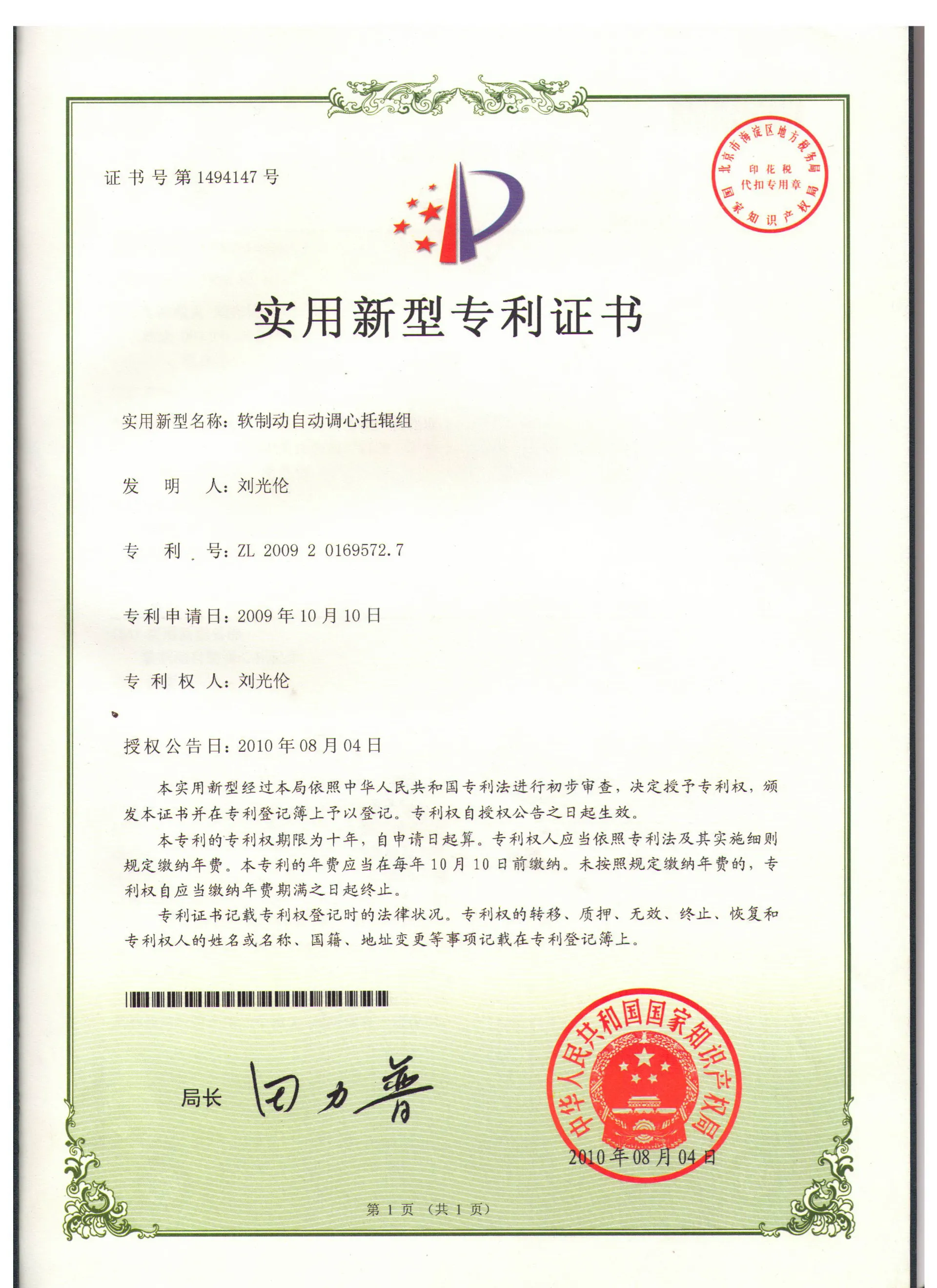 Afrikaans
Afrikaans  Albanian
Albanian  Amharic
Amharic  Arabic
Arabic  Armenian
Armenian  Azerbaijani
Azerbaijani  Basque
Basque  Belarusian
Belarusian  Bengali
Bengali  Bosnian
Bosnian  Bulgarian
Bulgarian  Catalan
Catalan  Cebuano
Cebuano  Corsican
Corsican  Croatian
Croatian  Czech
Czech  Danish
Danish  Dutch
Dutch  English
English  Esperanto
Esperanto  Estonian
Estonian  Finnish
Finnish  French
French  Frisian
Frisian  Galician
Galician  Georgian
Georgian  German
German  Greek
Greek  Gujarati
Gujarati  Haitian Creole
Haitian Creole  hausa
hausa  hawaiian
hawaiian  Hebrew
Hebrew  Hindi
Hindi  Miao
Miao  Hungarian
Hungarian  Icelandic
Icelandic  igbo
igbo  Indonesian
Indonesian  irish
irish  Italian
Italian  Japanese
Japanese  Javanese
Javanese  Kannada
Kannada  kazakh
kazakh  Khmer
Khmer  Rwandese
Rwandese  Korean
Korean  Kurdish
Kurdish  Kyrgyz
Kyrgyz  Lao
Lao  Latin
Latin  Latvian
Latvian  Lithuanian
Lithuanian  Luxembourgish
Luxembourgish  Macedonian
Macedonian  Malgashi
Malgashi  Malay
Malay  Malayalam
Malayalam  Maltese
Maltese  Maori
Maori  Marathi
Marathi  Mongolian
Mongolian  Myanmar
Myanmar  Nepali
Nepali  Norwegian
Norwegian  Norwegian
Norwegian  Occitan
Occitan  Pashto
Pashto  Persian
Persian  Polish
Polish  Portuguese
Portuguese  Punjabi
Punjabi  Romanian
Romanian  Russian
Russian  Samoan
Samoan  Scottish Gaelic
Scottish Gaelic  Serbian
Serbian  Sesotho
Sesotho  Shona
Shona  Sindhi
Sindhi  Sinhala
Sinhala  Slovak
Slovak  Slovenian
Slovenian  Somali
Somali  Spanish
Spanish  Sundanese
Sundanese  Swahili
Swahili  Swedish
Swedish  Tagalog
Tagalog  Tajik
Tajik  Tamil
Tamil  Tatar
Tatar  Telugu
Telugu  Thai
Thai  Turkish
Turkish  Turkmen
Turkmen  Ukrainian
Ukrainian  Urdu
Urdu  Uighur
Uighur  Uzbek
Uzbek  Vietnamese
Vietnamese  Welsh
Welsh  Bantu
Bantu  Yiddish
Yiddish  Yoruba
Yoruba  Zulu
Zulu steel guide roller
Understanding Steel Guide Rollers A Comprehensive Overview
In the realm of industrial applications, steel guide rollers play a crucial role in ensuring the smooth operation of various machinery. These components are essential in guiding and supporting moving parts, offering stability and reducing wear on machinery. This article delves into the importance, types, benefits, and applications of steel guide rollers.
What are Steel Guide Rollers?
Steel guide rollers are cylindrical components that facilitate the direction and movement of machinery parts along a defined path. Typically constructed from high-grade steel, these rollers are designed to withstand considerable loads while providing minimal friction and resistance during operation. Their design allows them to endure harsh conditions, making them a reliable choice for many industrial applications.
Types of Steel Guide Rollers
1. Standard Rollers These are the most basic form of guide rollers, typically used in conveyor systems and material handling equipment. They can be either fixed or adjustable, depending on the system's requirements. 2. Offset Rollers Designed to handle misalignment in conveyor paths or machinery, offset rollers allow for flexibility in movement while maintaining a stable guide.
3. Tapered Rollers Tapered guide rollers are particularly useful in applications requiring load balancing and centering, as their design allows for better load distribution.
4. Spring-loaded Rollers These rollers incorporate a spring mechanism, allowing them to adjust automatically to varying loads and conditions, ensuring consistent alignment.
Benefits of Using Steel Guide Rollers
- Durability Steel guide rollers are designed to resist wear and tear, even in extreme conditions. The robust nature of steel provides a long service life, reducing the need for frequent replacements.
- Reduced Friction The smooth surface of steel guide rollers minimizes friction, leading to more efficient operation of machinery. This reduction in friction translates to lower energy consumption and costs.
steel guide roller

- Versatility Steel guide rollers can be customized to fit specific applications and tasks, making them suitable for a wide range of industries from manufacturing to logistics.
- Improved Safety By ensuring that moving components remain aligned and operate smoothly, steel guide rollers contribute to the overall safety of industrial operations
. They reduce the risk of machinery malfunction, which can lead to accidents and injuries.Applications of Steel Guide Rollers
Steel guide rollers are utilized across various industries, reflecting their versatility and effectiveness.
1. Manufacturing In production lines, steel guide rollers support conveyor belts and automated machinery, facilitating the seamless movement of items throughout the manufacturing process.
2. Construction In construction equipment, such as cranes and excavators, guide rollers help manage the movement of parts and ensure their alignment for optimal functioning.
3. Logistics and Warehousing In logistics, guide rollers are integral to conveyor systems, supporting the efficient transport of goods within warehouses and distribution centers.
4. Material Handling Steel guide rollers are used in forklifts and pallet jacks, allowing for easy maneuvering of heavy loads, enhancing operational efficiency.
5. Automotive Industry In the automotive sector, guide rollers are vital in assembly lines, contributing to the reliable movement of parts during the manufacturing of vehicles.
Conclusion
Steel guide rollers are a pivotal component in ensuring the efficiency, reliability, and safety of various industrial operations. Their durability, reduced friction, and wide range of applications make them indispensable in many sectors. As technology advances, the design and functionality of steel guide rollers continue to evolve, ensuring they meet the growing demands of modern industries. Whether in manufacturing, logistics, or any application requiring precise movement, steel guide rollers will undoubtedly remain a fundamental aspect of machinery design and operation.
-
Revolutionizing Conveyor Reliability with Advanced Rubber Lagging PulleysNewsJul.22,2025
-
Powering Precision and Durability with Expert Manufacturers of Conveyor ComponentsNewsJul.22,2025
-
Optimizing Conveyor Systems with Advanced Conveyor AccessoriesNewsJul.22,2025
-
Maximize Conveyor Efficiency with Quality Conveyor Idler PulleysNewsJul.22,2025
-
Future-Proof Your Conveyor System with High-Performance Polyurethane RollerNewsJul.22,2025
-
Driving Efficiency Forward with Quality Idlers and RollersNewsJul.22,2025





























